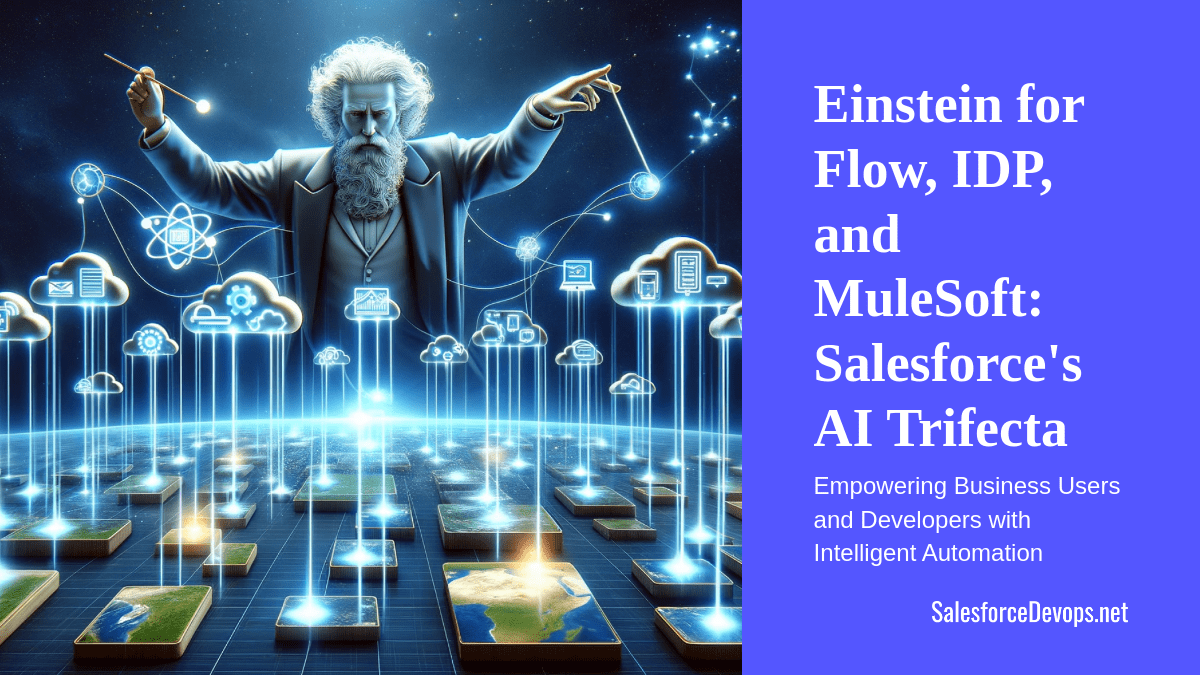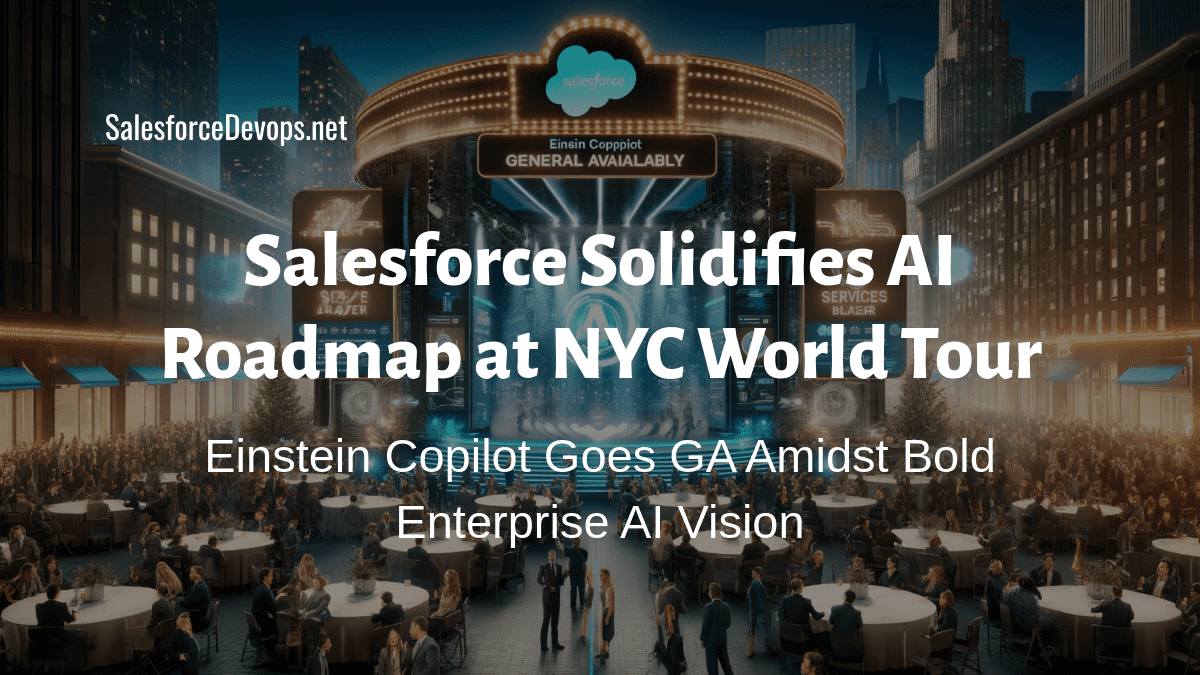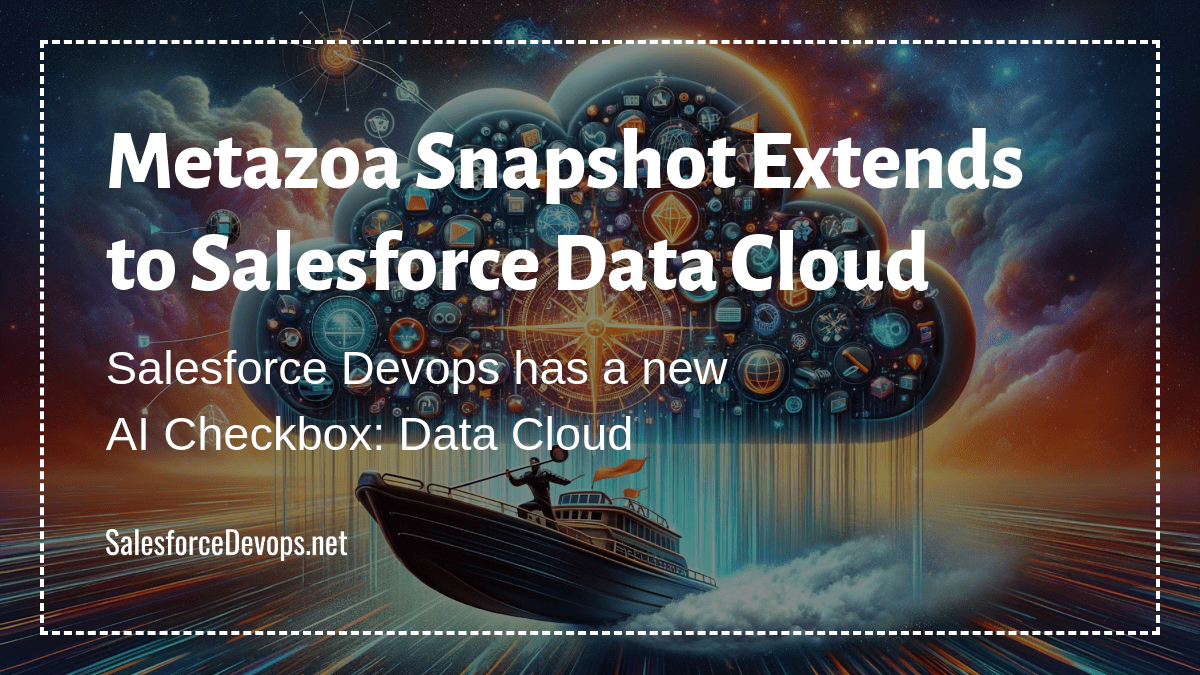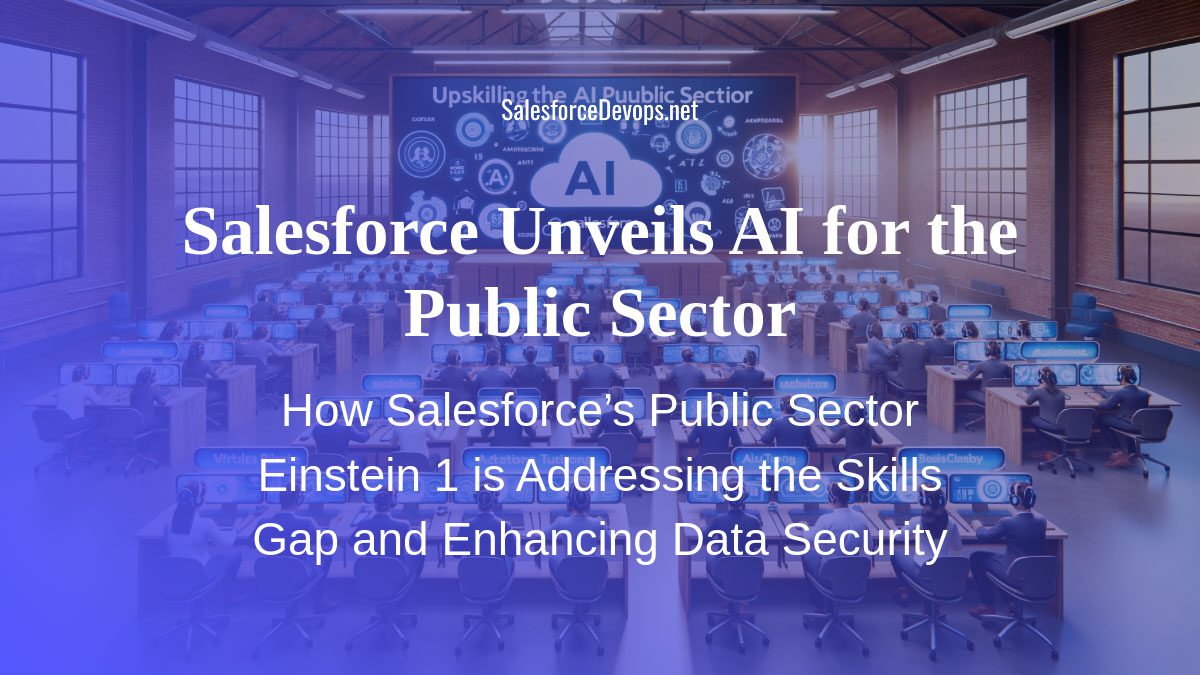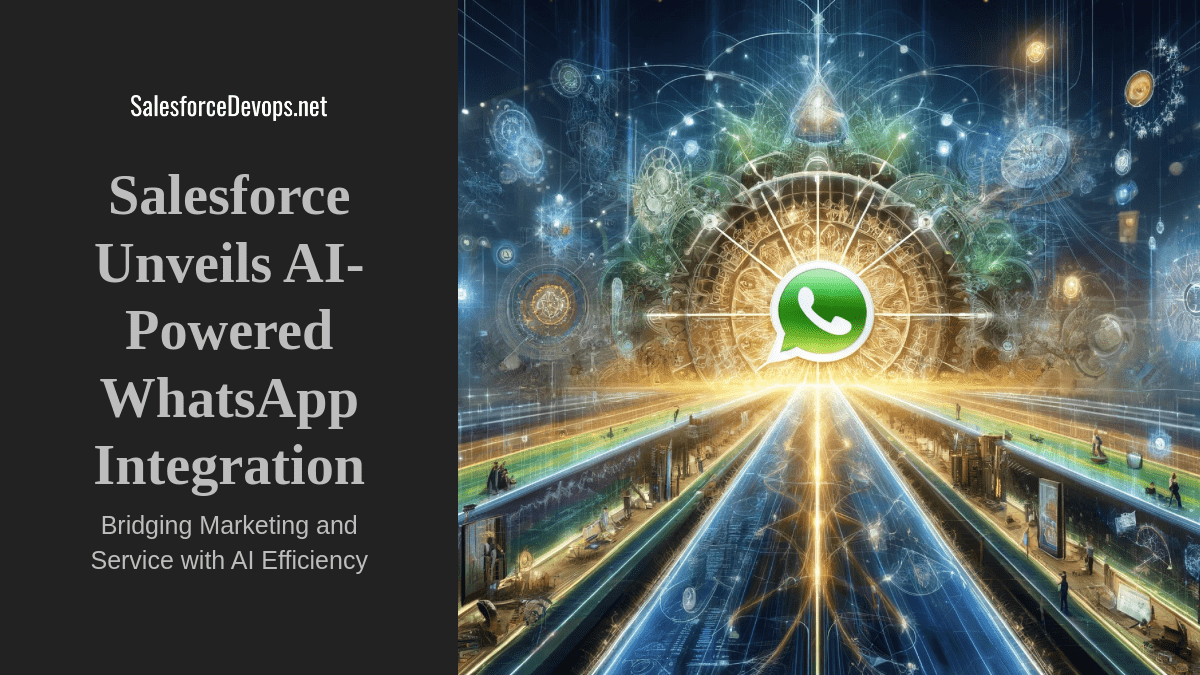Einstein for Flow, IDP, and MuleSoft: Salesforce’s AI Trifecta
Salesforce today announced a suite of AI-driven enhancements to its automation, integration, and API management offerings. The headlining feature, Einstein for Flow, is set for general availability in June, promises to revolutionize how Salesforce admins create and manage workflows using natural language prompts. Alongside Einstein for Flow, Salesforce also introduced Intelligent MuleSoft Document Processing (IDP) and Einstein for MuleSoft Anypoint Code Builder, further extending the power of AI across its platform.
These new capabilities underscore Salesforce’s strategic commitment to empowering both business users and developers with AI-assisted tools. By democratizing access to sophisticated automation and integration features, Salesforce aims to accelerate innovation and productivity for its customers. As Vijay Pandiarajan, VP of Product at Salesforce, put it, “We’re looking to simplify things for authors, and at the same time, make our processes and the automation of work just more relevant and much easier.”
Einstein for Flow: Revolutionizing Workflow Creation
With Einstein for Flow, Salesforce admins can now create workflows using plain English prompts, bypassing the need for complex coding. This innovative capability democratizes workflow creation, enabling non-technical users to automate processes with natural language.
Admins simply describe the desired workflow using natural language, such as “Create a task when a new lead is added.” Einstein for Flow then intelligently generates the corresponding workflow, complete with relevant actions, conditions, and triggers. This intuitive approach drastically reduces the time and expertise required to build and maintain workflows.
The implications are profound. Salesforce admins can now rapidly implement automated processes for a wide range of scenarios, from lead nurturing journeys to data-driven alerts. By empowering admins to be more agile and responsive to business needs, Einstein for Flow can significantly accelerate an organization’s speed of innovation.
Intelligent Document Processing: Streamlining Document-Centric Processes
MuleSoft’s new Intelligent Document Processing (IDP) aims to streamline the ingestion and handling of unstructured data from documents. By leveraging new generative AI models for document classification and data extraction, IDP can significantly reduce manual effort and accelerate document-centric processes.
One key differentiator is IDP’s tight integration with Salesforce’s ecosystem. Extracted data can be seamlessly fed into Salesforce CRM, MuleSoft automations, or any Salesforce Cloud, enabling end-to-end process automation. Pre-built templates for common document types, such as invoices and purchase orders, further accelerate time to value.
Pandiarajan illustrated the potential with a compelling example: “Imagine you’re scheduling a test drive at a car dealership. With Intelligent Document Processing, you simply schedule your appointment and upload your driver’s license. IDP automatically recognizes the document type, extracts all the relevant information like name, address, and license number, and feeds it directly into the scheduling process. No more manual data entry or waiting in line at the dealership.”
Compared to generic IDP offerings, Salesforce’s solution stands out for its native understanding of the Salesforce data model. This contextual awareness enables more intelligent automation and tighter coupling with Salesforce-centric processes. While established IDP vendors bring deep expertise, Salesforce’s platform-level integration and ease of use could prove a strong competitive differentiator.
Einstein for MuleSoft Anypoint Code Builder: Accelerating Integration
On the integration front, Salesforce is embedding Einstein into MuleSoft’s Anypoint Code Builder. This move by the company promises to significantly accelerate development for integration specialists and citizen integrators alike.
With Einstein for MuleSoft, users can generate integration flows using natural language prompts. For example, a developer could request, “Create an integration to synchronize new opportunities from Salesforce to NetSuite orders.” Einstein would then intelligently generate the corresponding flow, complete with relevant connectors, mappings, and transformations.
This AI-assisted approach can dramatically reduce the time and effort required to build and maintain integrations. By abstracting away complex code and suggesting best-practice patterns, Einstein for MuleSoft should enable both seasoned developers and business users to deliver integrations faster.
“With Einstein for MuleSoft’s Anypoint Code Builder, we’re democratizing integration by enabling a broader range of personas to create automations more easily. Our goal is to lower the bar for participation, allowing both developers and business users to build integrations and streamline processes faster than ever before,” added Pandiarajan.
The Big Picture: Salesforce’s AI Strategy and Competitive Landscape
These latest announcements underscore Salesforce’s strategic bet on AI as a transformative force for business applications. By embedding AI across its clouds and platform services, Salesforce aims to make every customer interaction smarter, every process more automated, and every user more productive.
Salesforce’s approach stands out for its emphasis on democratization. While many AI offerings target data scientists or developers, Salesforce is putting AI into the hands of admins, integration specialists, and business users. This focus on ease of use and broad accessibility could accelerate AI adoption and help customers realize value faster.
However, Salesforce is not alone in this pursuit. Competitors like Microsoft, Oracle, and SAP are also heavily investing in AI and positioning it as a differentiator for their business application suites. Startups and pure-play AI vendors bring further innovation and specialization via overlaid solutions. As the AI arms race heats up, Salesforce will need to continue demonstrating distinctive value and seamless integration across its portfolio.
But the democratization efforts led by Salesforce have put them ahead in terms of delivering on an embedded AI strategy. This is where customers may rely on their incumbent application platform vendor to deliver a complete solution. By operationalizing user-written prompts and promising security with the Einstein Trust Layer, Salesforce currently has concrete AI architecture some customers now using.
Conclusion
With Einstein for Flow, Intelligent Document Processing, and Einstein for MuleSoft, Salesforce continues to deliver on promises of AI-powered automation. These capabilities have the potential to improve how organizations build and manage workflows, integrate systems, and drive productivity.
Announcing general availability of Einstein for Flow in June marks a particularly significant milestone. By enabling admins to create workflows using natural language, Salesforce is democratizing process automation and accelerating innovation. This empowerment of citizen developers aligns with the broader trend of AI accessibility and the transformation of work.
For Salesforce customers, these new offerings present compelling opportunities to streamline processes, reduce manual effort, and scale automation. However, realizing this value will require careful planning, change management, and governance. Organizations should assess their automation maturity, identify high impact use cases, and ensure the right guardrails are in place.
Salesforce’s announcements also raise the bar for competing vendors. As AI becomes a defining battleground for business applications, the ability to deliver intelligent, user-friendly automation will be a key differentiator. Salesforce’s embedded, platform-level approach and focus on democratization could prove a strong advantage.
Ultimately, the rise of AI-powered automation is not just about technology, but about empowering people. By putting AI into the hands of more users and abstracting away complexity, Salesforce is enabling organizations to work smarter, faster, and more creatively. As this trend gathers momentum, it will reshape how we build, integrate, and optimize business processes, ushering in a more automated and intelligent future of work.
